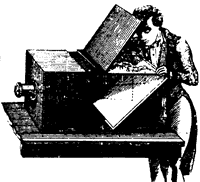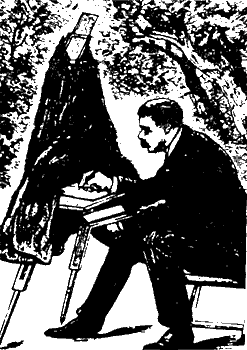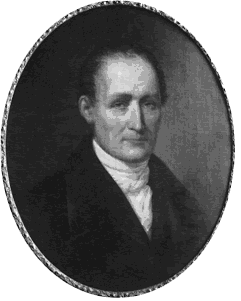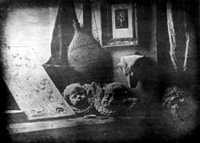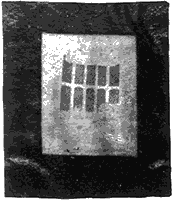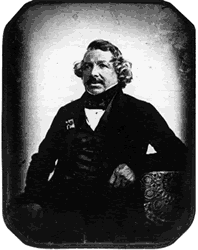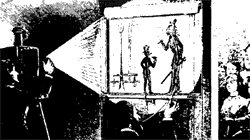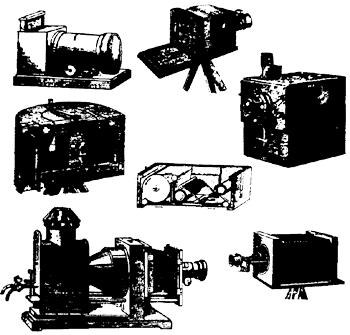Roger Bacon was an English monk who lived in the XIII century. For the crime of studying nature and of objecting to the philosophical doctrines of his time, which he considered to be retrograde and out of date, he was condemned to life imprisonment accused of being a sorcerer.
The discovery of glasses and the first reference to the camera obscura are attributed to Bacon. In a manuscript that is ascribed to him, the following is written:
"To observe an eclipse of the sun without damaging your sight, a hole should be made, through which the discoid image of the sun will penetrate which will then be projected somewhere else, and which shifts according to the changes in the phenomenon."
In the second half of the XV century, Leonardo da Vinci discovered the same principle which he records in his Codex Atlanticus. Leonardo also suggested the possibility of putting this phenomenon to practical use.
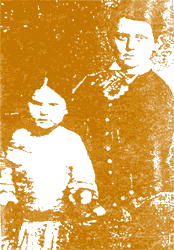
Old daguerreotype
